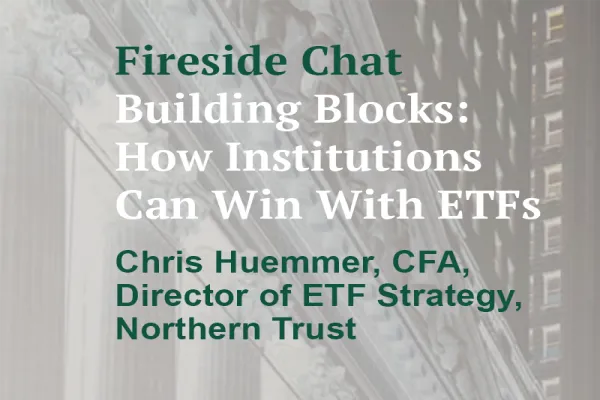The trouble with venture capital is not going away. Since 2022, the total value of venture capital assets under management has been declining while VC funds continue to struggle with exits, more funding rounds are either flat or down from previous ones, and investor anxiety about not receiving expected distributions grows.
Although the market value of VC unicorns is theoretically more than $3 trillion, the problem is that it is stuck inside the funds, which means investors aren’t getting anything tangible, according to PitchBook’s quarterly review of the industry. “The lack of distributions in U.S. VC has become a major concern for LPs,” and that, in itself, is weighing on returns, the private markets data analytics company said.
Funds that were launched since 2019 have typically underperformed the markets, according to PitchBook. “Notably, 2021 vintage funds show a negative pooled [internal rate of return], whereas the S&P 500 has had an annualized return of 12.3 percent during the same period,” wrote Pitchbook analysts, who expect “further declines in returns throughout the year.”
Even older funds aren’t immune. “Our research indicates that the remaining value held within funds at the 10-year mark is often distributed at materially discounted rates,” PitchBook said. “If the market for exits remains challenging through 2025 and into 2026,” it said there could be “significant value erosion” for 2015, 2016, and 2017 vintage funds. “Currently the median pooled IRRs for these vintages are around 17 percent, but these returns have come primarily from valuation growth rather than actual distributions.”
Meanwhile flat and down rounds are at the highest level in more than a decade, accounting for more than 26 percent of completed deals in the first quarter of 2025, according to PitchBook’s review.
Overall, the number of deals was down 2.1 percent, with the average value down almost 1 percent in the quarter. These numbers would have been worse had it not been for lofty artificial intelligence and machine learning startups that accounted for approximately 71 percent of deal value and a third of all completed transactions in the first quarter, PitchBook said. Deal volume and value increased only for VC-backed AI and machine learning startups.
But even that sector has not been a panacea. CoreWeave, whose valuation took a hit after going public on April 22, drove nearly 40 percent of the total value of VCs that exited through the IPO market during the quarter. The Nvidia AI cloud company was valued at $16.4 billion in the stock market, down from the $19 billion of its last round, a Series C in May 2024. “If the stock turmoil persists, those Series C investors may not be able to break even when the lockup period expires,” PitchBook warned.
The fate of CoreWeave is also a cautionary tale for secondaries, which PitchBook said are often “pitched as a solution to the liquidity crunch in VC.” CoreWeave’s secondary shares were trading at $56.50 less than a month before its IPO, but fell below $36 per share afterwards, according to PitchBook. It also noted that the estimated $40 billion in the direct VC secondary market is less than 2 percent of total unicorn value.
The median multiple on invested capital, or MOIC, for public listings also declined in the first quarter, down to 2x from almost 4x in 2021. “Investors paid high premiums for oversubscribed rounds during the pandemic-era funding boom, but valuation growth has slowed significantly since then, diminishing the magnitude of potential returns,” according to PitchBook.
The data company said it is now taking more than six years, based on the median, for companies to go public. That is the longest time frame since 2016.
The prospect of tariffs has also “significantly altered” PitchBook’s outlook. “The expected liquidity boost in 2025 has likely been pushed back to 2026,” the company said. “This delay will create additional challenges for fundraising and, to some extent, dealmaking and valuations, particularly in later-stage investments.”
Many funds raised in 2021 and 2022 are drawing down their dry powder without the ability to replace it, according to PitchBook.







